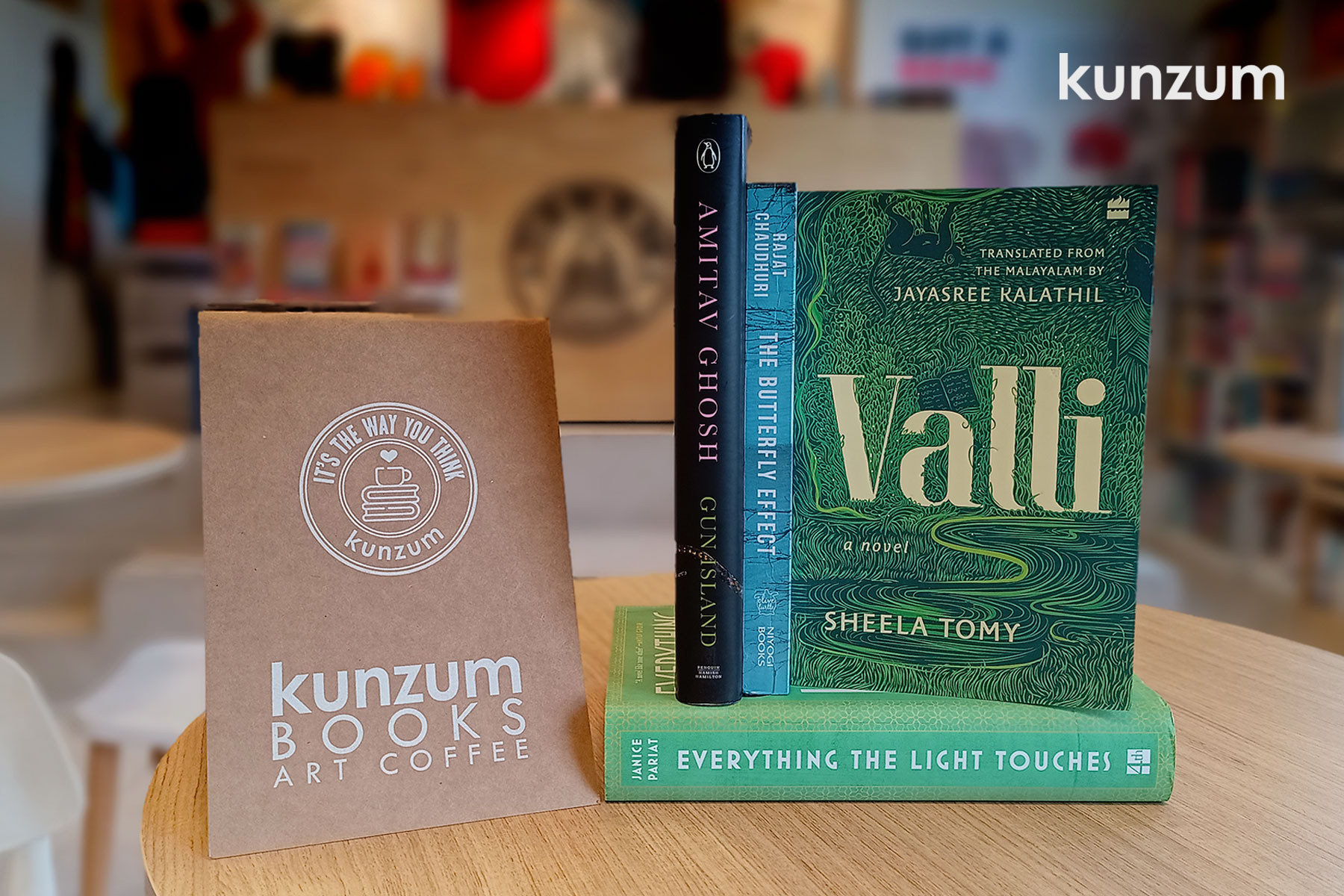
In recent years, Western novelists have increasingly focused on South Asia as the theatre for exploring their greatest concerns about climate change — recognising the region’s fragile and volatile ecologies as the centrestage for impending climate catastrophes like raging storms, wildfires, flooding, and even pandemics. But what about climate fiction by South Asians themselves? Although a relatively new genre in the Indian literary landscape, climate fiction has emerged as the next frontier for writers to explore India’s socio-political aspirations against its ecological realities in recent years. In light of the country’s current climate concerns manifesting as unprecedented environmental depredation and deterioration, these 7 novels shed light upon the personal and civilisational implications of climate change.
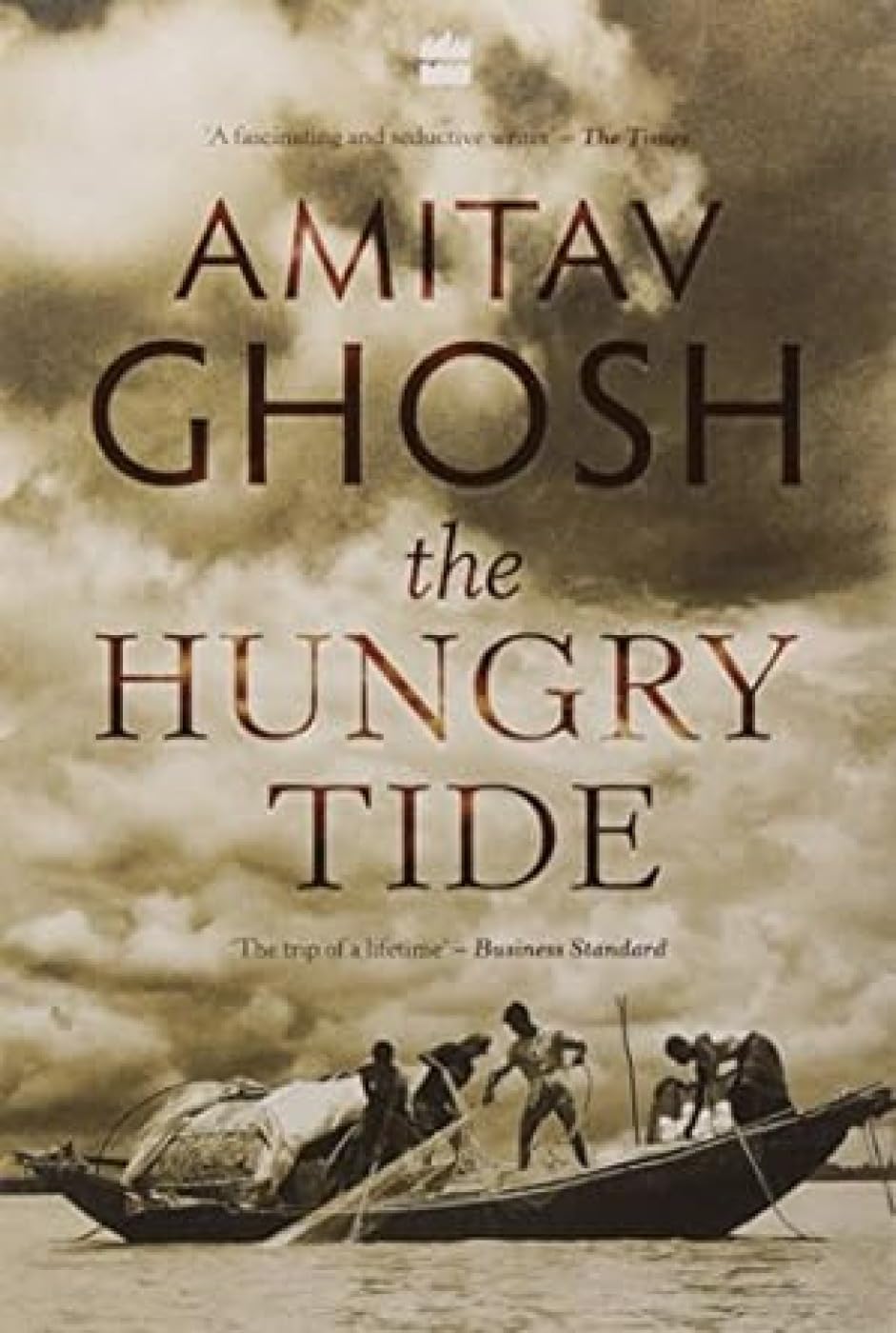
The Hungry Tide by Amitav Ghosh
Amitav Ghosh’s The Hungry Tide was perhaps the first modern Indian novel that could be categorized as climate fiction. Set in the estuarine islands of Sundarbans, The Hungry Tide follows Piyali “Piya” Roy, a young Indian-American marine biologist of Bengali descent, whose search for the rare Gangetic Dolphin Orcaella brevirostris leads her deep into Sundarbans’ labyrinthine mangroves. The Morichjhanpi massacre of 1978-79, when the Government of West Bengal forcibly evicted thousands of Bangladeshi refugees who had settled on the Morichjhanpi island, forms part of the novel’s background, and Ghosh masterfully uses the Sundarbans’ politically and ecologically sensitive landscape to examine what happens when humanism and environmentalism come into conflict.
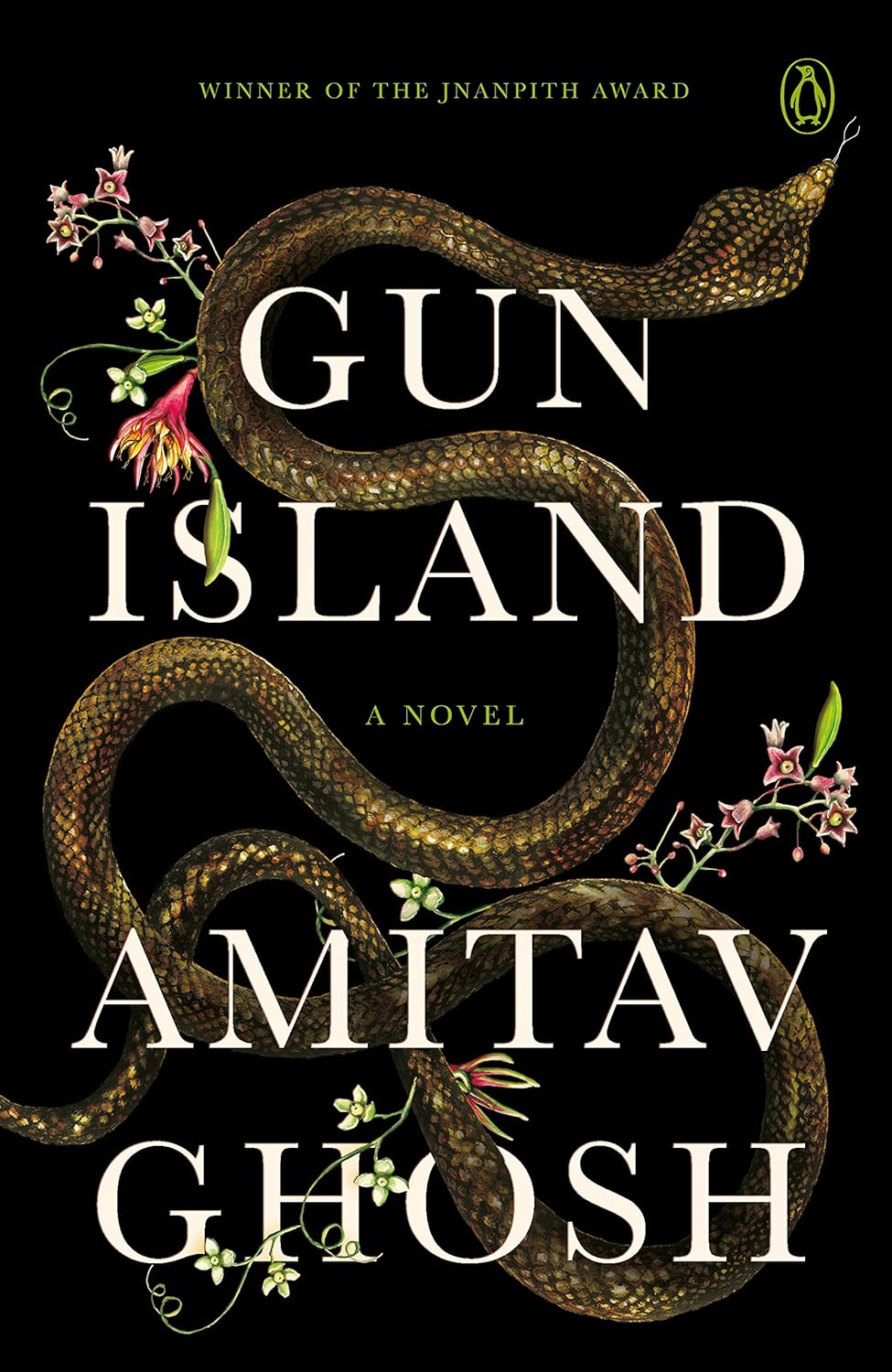
Gun Island by Amitav Ghosh
Amitav Ghosh’s The Gun Island, a quasi-sequel to The Hungry Tide, intricately weaves history, myth, and legends to produce a story about the restless tides of displacement and migration in the face of unstoppable climate change. The novel follows the extraordinary journey of Deen Datta, a rare books dealer, as he travels across continents and cultures through the tangled dreams, memories, and myths of his own childhood and the lives of those he meets along the way. From Kolkata’s chaotic streets to the labyrinthine Sundarbans mangroves and the flooded landscapes of Venice, Deen’s search for answers leads him to confront the complexities of the human experience and the interconnectedness of our world. With Ghosh’s signature blend of vivid storytelling and profound ecological and ethnographic insights, The Gun Island explores the conflict between human and nature, the politics of displacement, transition, and migration, and the enduring power of storytelling in a world on the brink of environmental catastrophes.
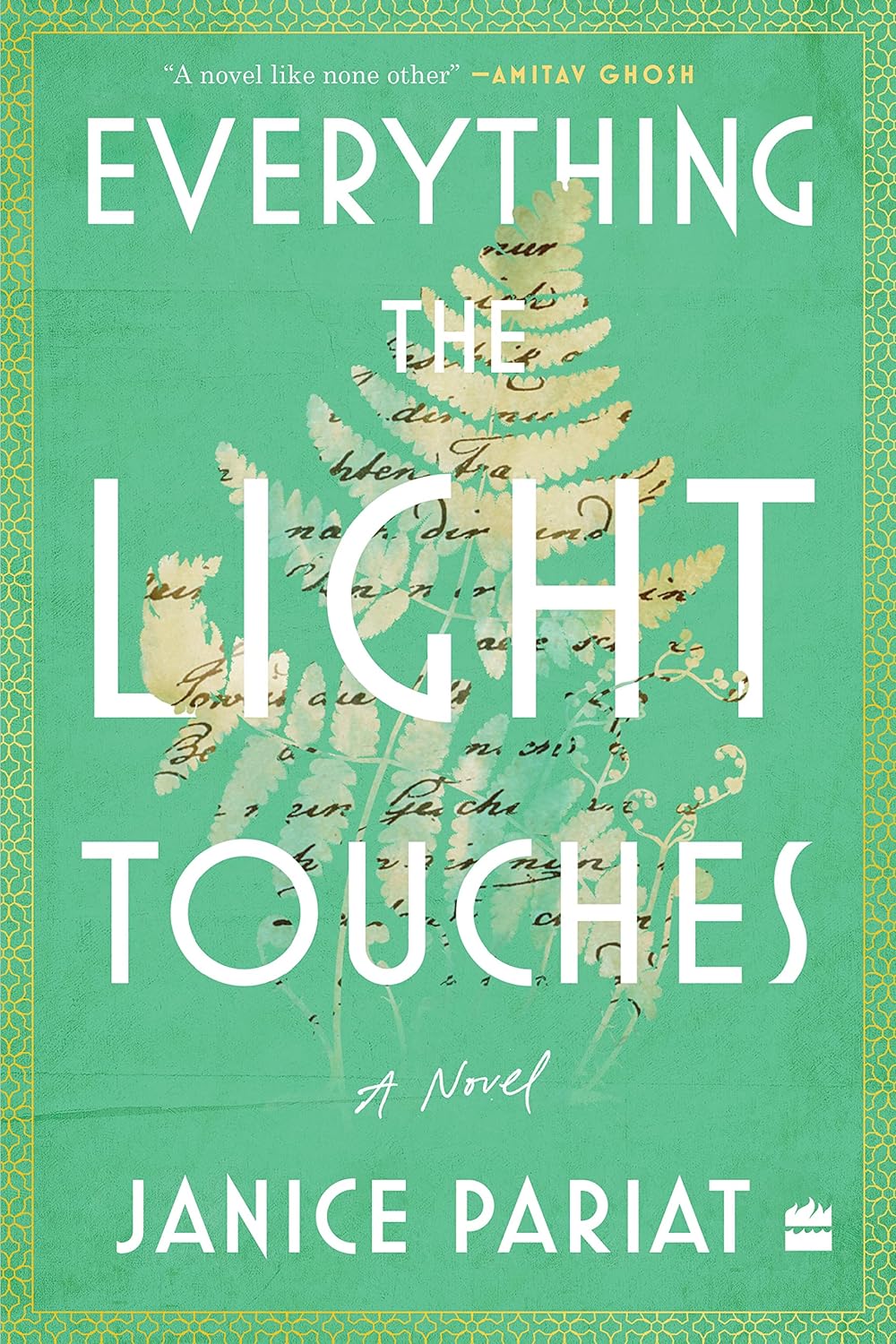
Everything the Light Touches by Janice Pariat
Janice Pariat’s Everything the Light Touches is a novel about travellers: Shai, a young Indian woman who travels to India’s northeast and rediscovers, through her encounters with indigenous communities, new and ancient ways of living that realign and renew her own life; Evelyn, an Edwardian student at Cambridge who, inspired by Goethe’s botanical writings, embarks on a journey to the sacred forests of the lower Himalayas; and Linnaeus, a botanist and taxonomist, who led an expedition to Lapland in 1732, formulating his ideas for a revelatory text that called for a re-examination of our natural inclination to reduce the world into immutable parts. In Everything the Light Touches, Pariat brings together, with startling and playful novelty, people and places that seem, at first, far removed from each other in time and place to produce a circuitous narrative of ever-expanding ideas that capture the contrasts between modern India and its colonial past, urban life and rural, cutthroat capitalism and centuries-old traditions of generosity, gratitude, and connection. At the heart of this resonant novel lies the tension between different ways of seeing — those that fix and categorize, and those that free and unify.
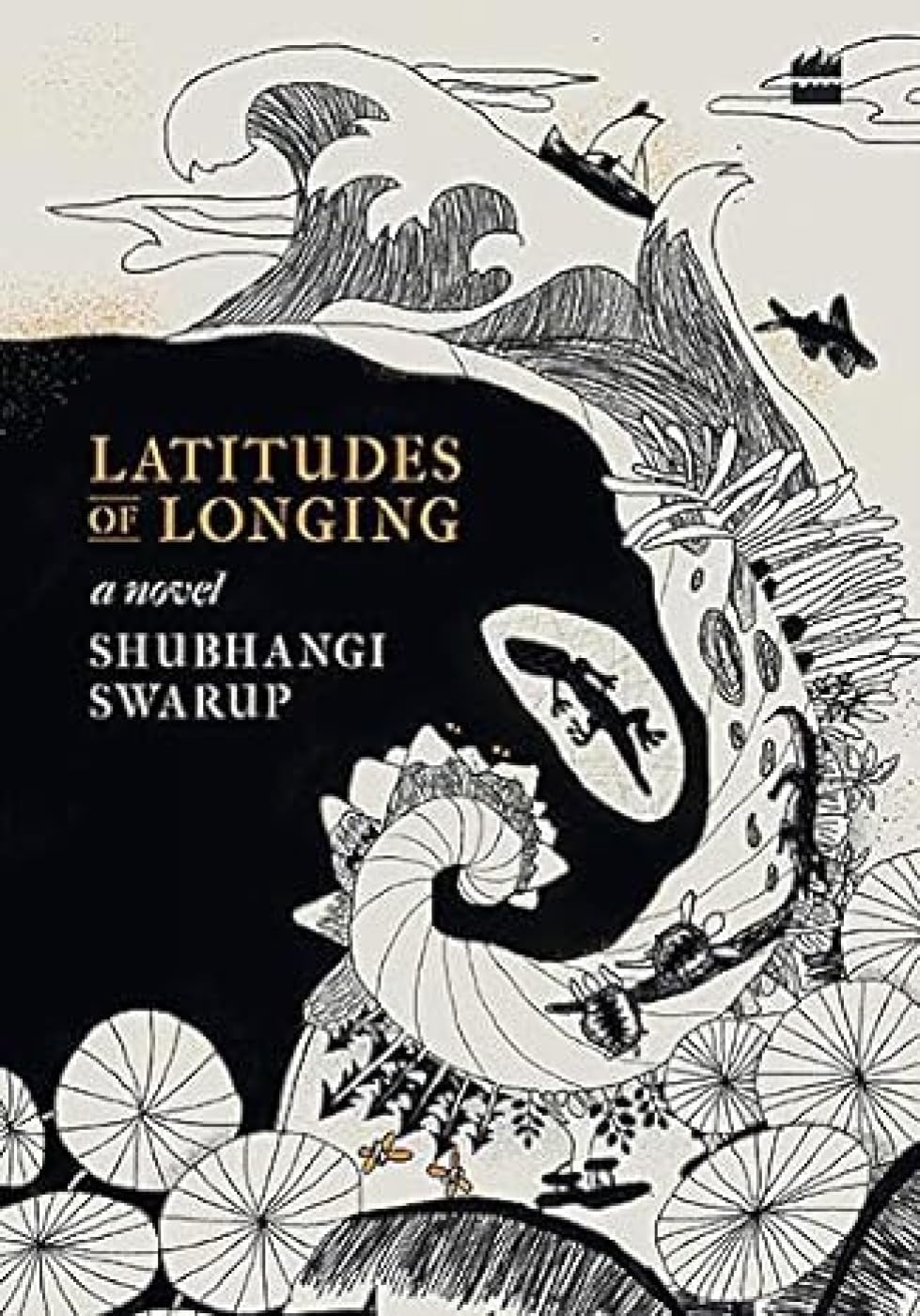
Latitudes of Longing by Shubhangi Swarup
Shubhangi Swarup’s Latitudes of Longing is a lyrical novel about love, loss, longing, and the never-ending quest for redemption and the profound mysteries that lie at the heart of existence. Taking place across both space and time, the novel follows the interconnected lives of a scientist who studies trees and a clairvoyant who talks to them; an idiosyncratic English lord who travels to the farthest reaches of the Empire, giving name to nameless things; a geologist working towards ending futile wars over a glacier; octogenarian lovers; a superstitious dictator and a mother trying to secure the release of her revolutionary son; a Yeti who seeks human companionship; and a shape-shifting turtle who transforms first into a vessel and then into a woman — all individuals whose fates are intertwined with the elemental forces of nature. From the snow-capped peaks of the Himalayas to the lush greenery of the Andaman Islands, Swarup paints, with a keen eye for detail and a deep reverence for the natural world, a rich and vivid portrait of the region’s diverse, volatile ecosystems and the people who inhabit them. At its heart, Latitudes of Longing is a story about the depths of desire and the search for meaning in a world shaped by both profound beauty and adversity.
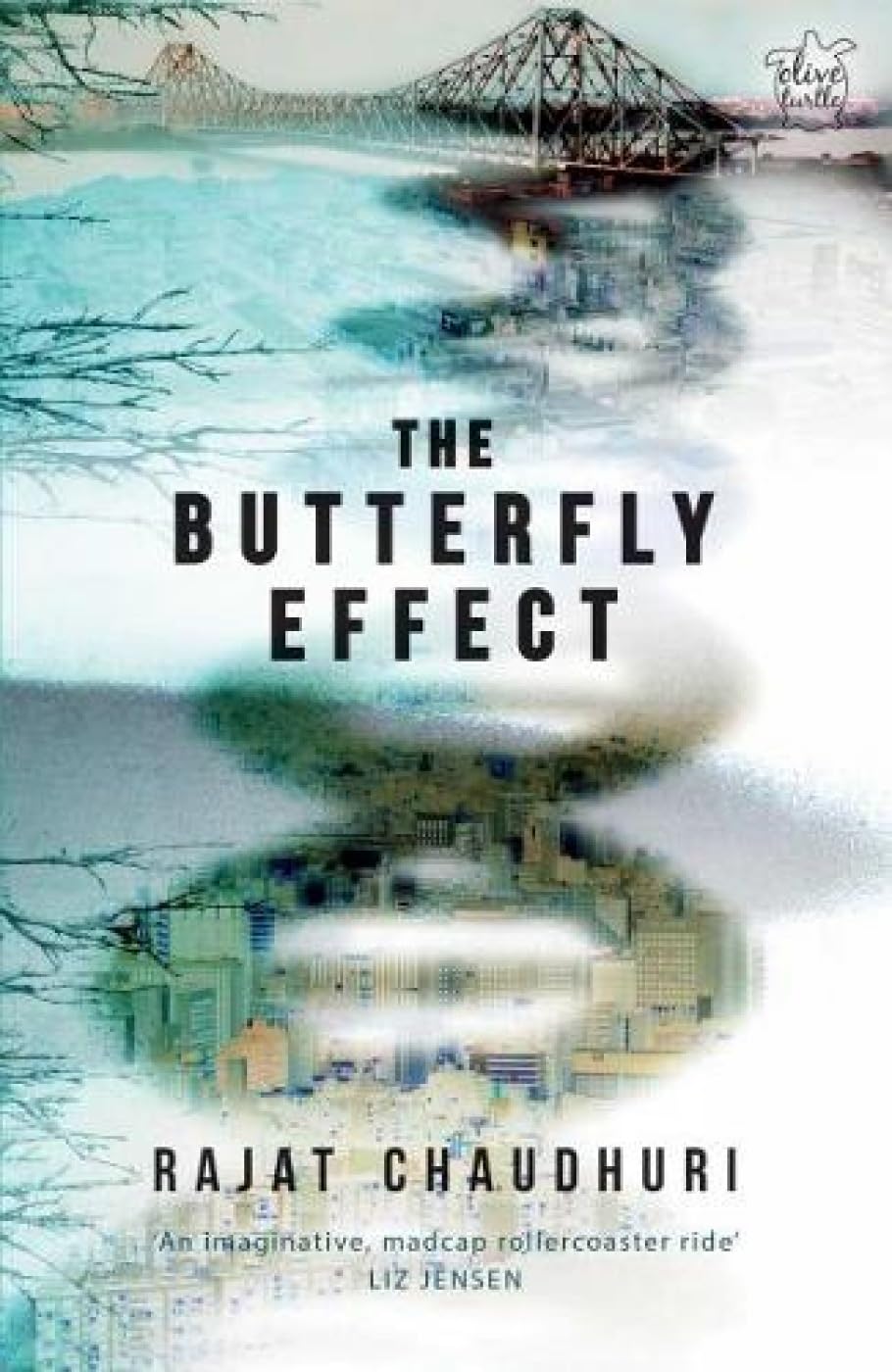
The Butterfly Effect by Rajat Chaudhuri
Rajat Chaudhuri’s eco-dystopian science-fiction thriller The Butterfly Effect brings together a self-obsessed Calcutta detective who goes by his last name Kar, an enigmatic internet cafe hostess in Seoul, and a hotshot geneticist labouring away on a top-secret corporate project to tell yet-another tale of human experiments gone wrong as stories coalesce into stories — welding past, present and future together. From utopian communities of Asia to the prison camps of Pyongyang and from the gene labs of Europe to the violent streets of Darkland—torn apart by civil war, ruled by a dictator, and policed by genetically-engineered fighters—this novel of ideas crosses timelines and continents, weaving mystery, adventure, and romance, gradually fixing its gaze on the sway of the unpredictable.
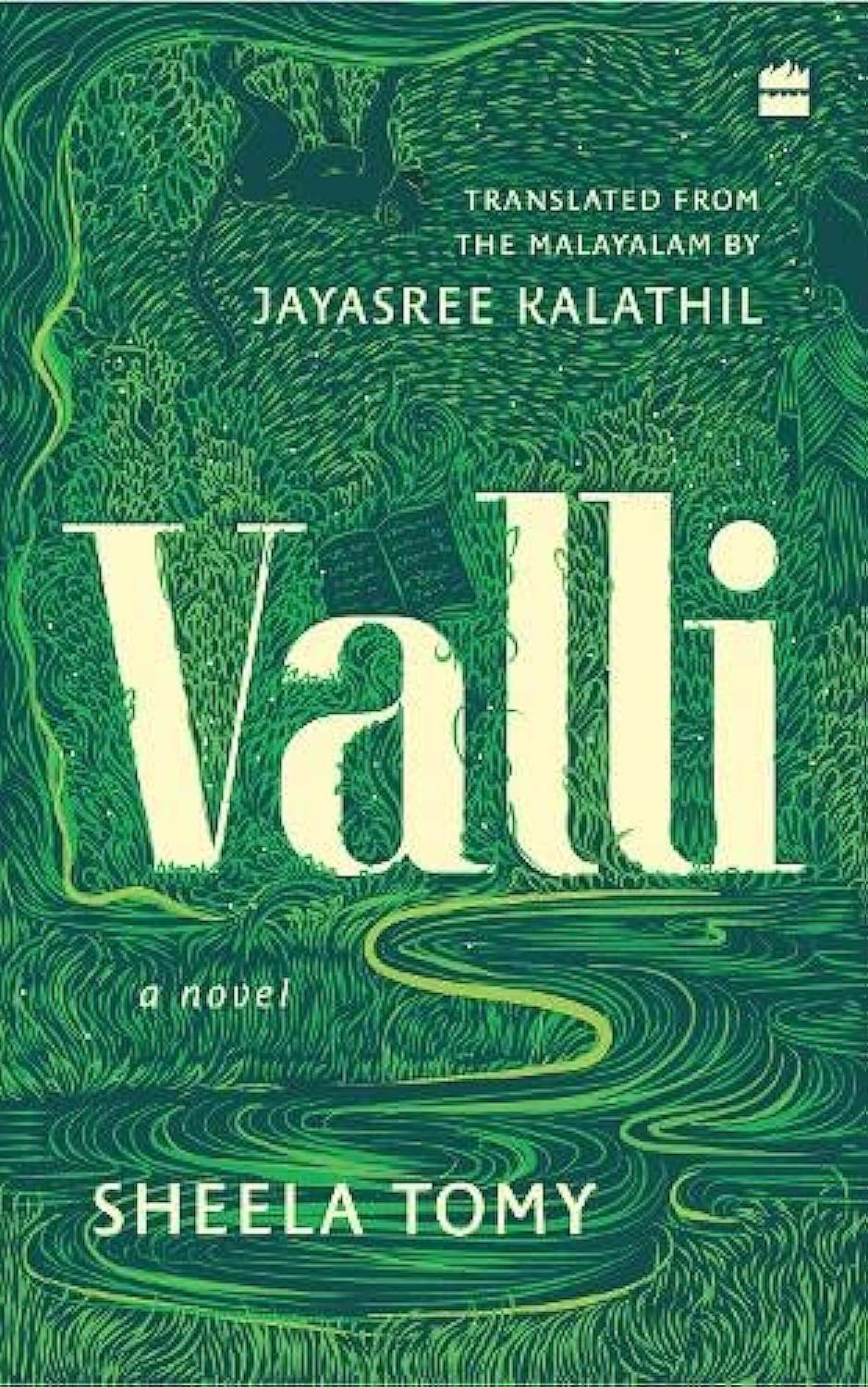
Valli by Sheela Tomy
Spanning the time between the 1970s and the present, Sheela Tomy’s Valli is the story of four generations of people who made Wayanad their home. High in the Western Ghats in northern Kerala, this land of mist and mystery, of forests and folklore, rich with the culture of its indigenous people, the Adivasis, was once known as Bayalnad — the land of the paddy fields. But the exploitation of its resource-rich forest led to the exploitation and enslavement of its people, and as the forest dwindled, so did the Adivasis — their culture, their way of life, and even their language. But these were not changes quietly and willingly accepted; In the 1970s, Wayanad became a boiling point of direct action and uprising, and a stronghold for the Naxalite movement. Told in intimate epistolary form through the diary that Susan—the daughter of two teachers, Thommichan and Sara, who eloped to Wayanad so that they could live together—leaves for her own daughter, Tessa, Valli is the story of their lives, but also of the land and its people, of interdependence and abuse, repression and resistance, despair and contentment as vast and magical as the forest itself once was.
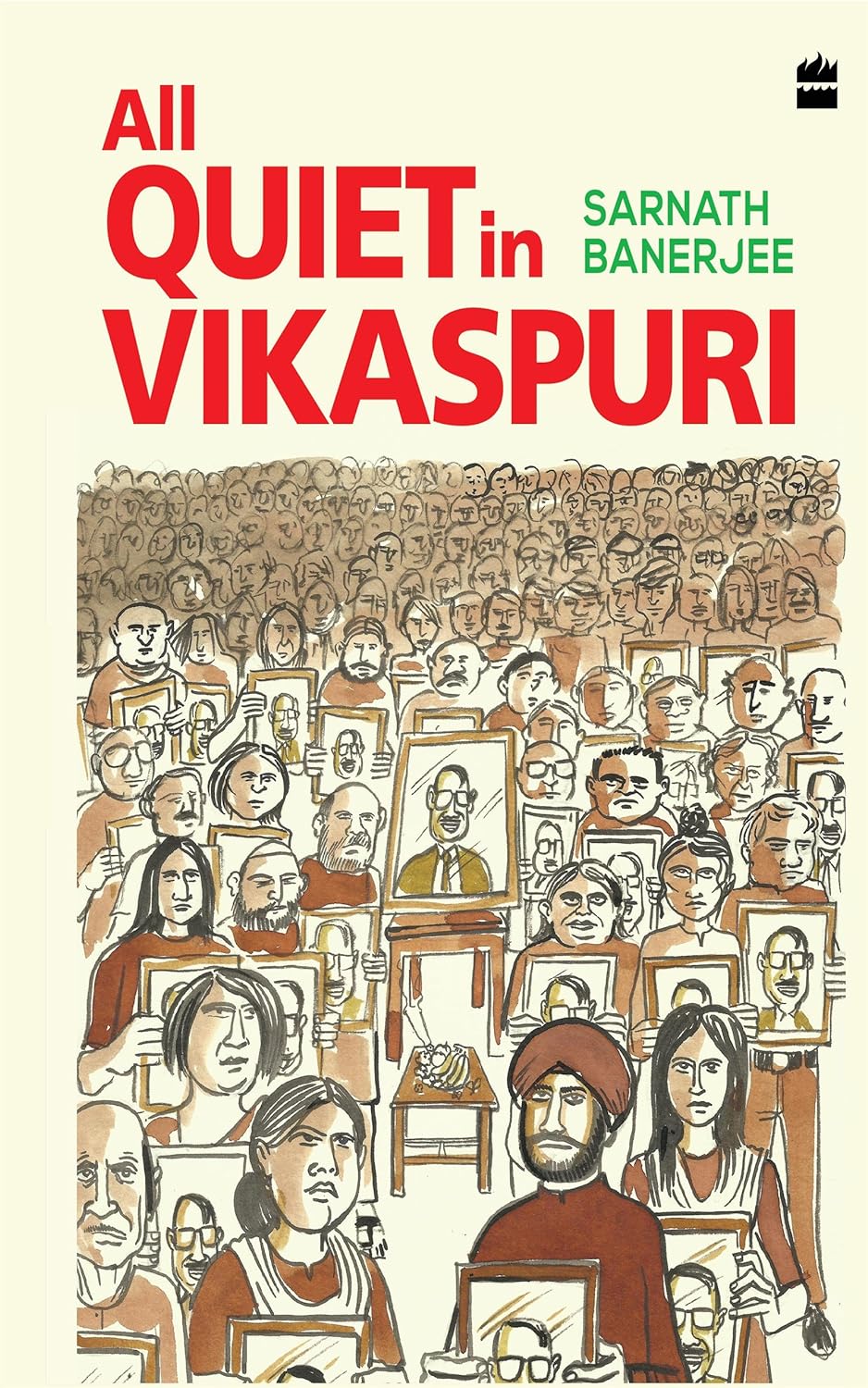
All Quiet in Vikaspuri by Sarnath Bannerjee
A Homeric tale of a man’s journey to the centre of the earth in search of the mythical river Saraswati, Sarnath Bannerjee’s fourth graphic novel All Quiet in Vikaspuri is set against the fictitious yet ever-so-real water wars of Delhi — in Bannerjee’s imagination a dystopian landscape where neighbourhoods fight brutal battles against each other and even victory ends in defeat. An Indian graphic novel like no other, the compelling ideas of All Quiet in Vikaspuri come alive in Sarnath Bannerjee’s self-assured linework.
Pick up an Indian climate fiction novel from any Kunzum store or WhatsApp +91.8800200280 to order. Buy the book(s) and the coffee’s on us.

